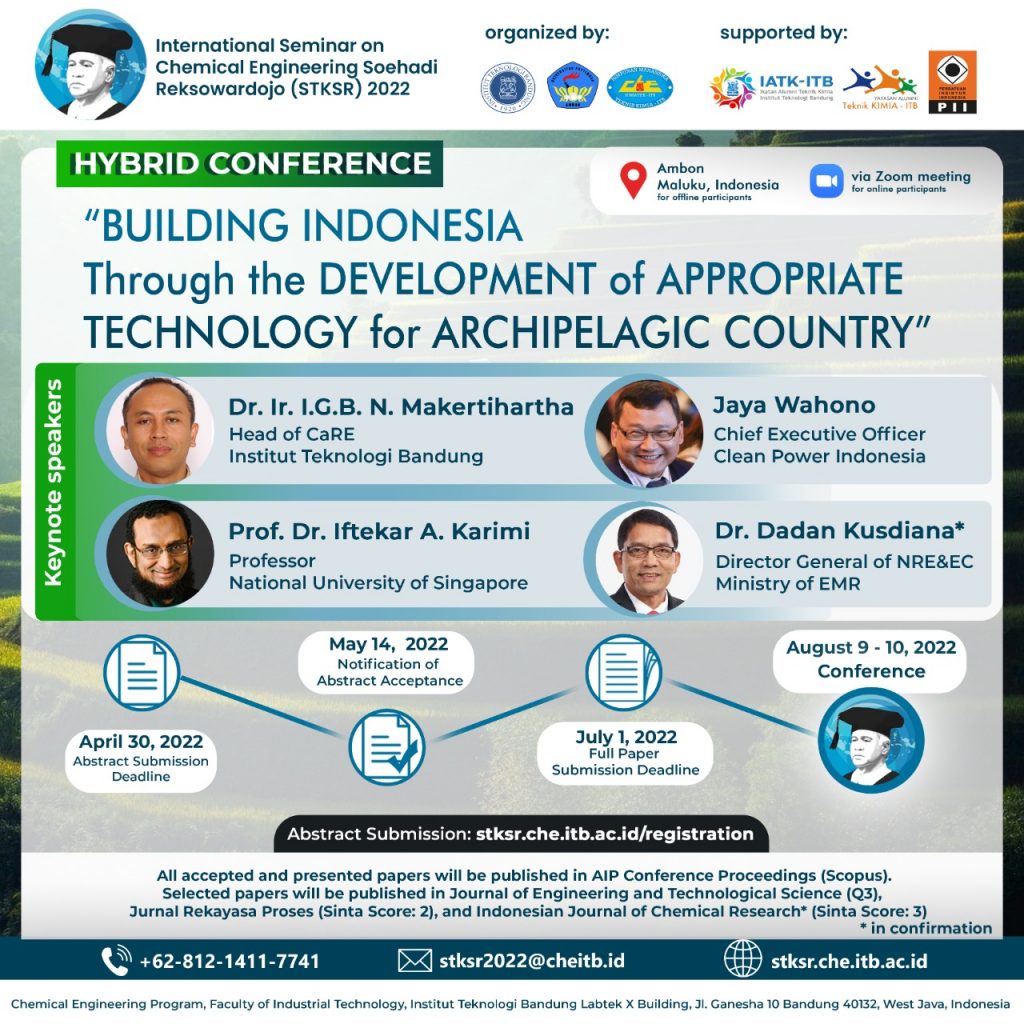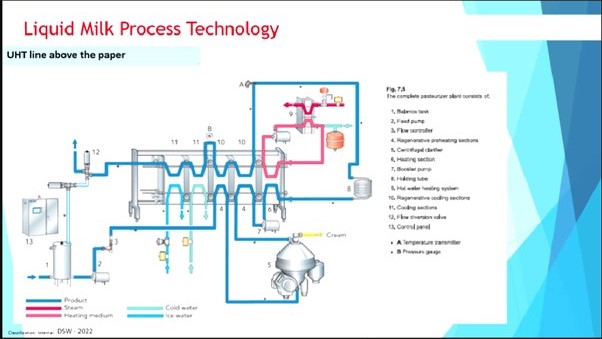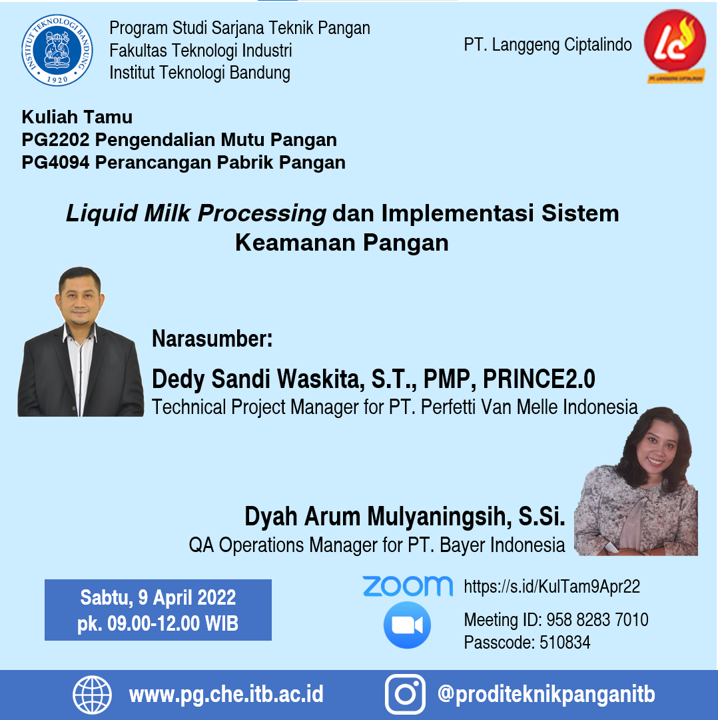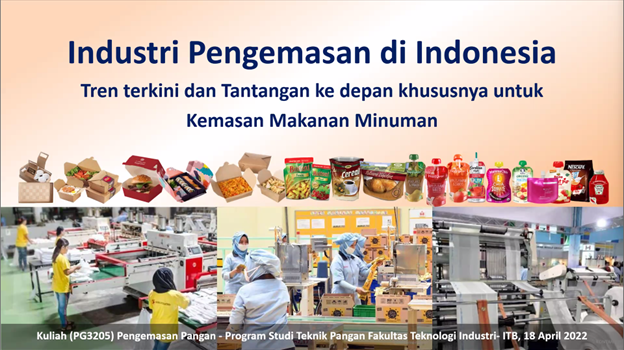
BANDUNG, itb.ac.id – The food industry is a promising industry. Along the time, it produces food needs from various sides, one of which is packaging technology. Packaging technology is important at this time because it can provide a longer food shelf lifeso that it can be consumed at the right time.
In the past, food was still limited to certain areas, but nowadays the opportunity for food to be used as an industry is very global with the advancement of logistic access that reaches various places. In the guest lecture of the Food Engineering Department ITB, PG3205 course presented an inspiring packaging technology figure, Ariana Susanti.
Ariana Susanti is the Business Development Director of the Indonesian Packaging Federation (IPF), a non-profit organization that studies a lot about packaging technology in Indonesia. He presented a guest lecture entitled “The Packaging Industry in Indonesia: Recent Trends and Future Challenges, Especially for Food and Beverage Packaging” on Monday, April 18, 2022.
Ariana said that packaging is important because it maintains the shelf life of a food. Food or drink that is fit for consumption is if there are no change in color, taste, and smell when it is packaged. In addition, nowadays, packaging is no longer limited to its functional aspects, but also many other aspects such as the economic function that becomes the brand image of a food brand.
Different types of food products have different methods and packaging materials. Microorganisms, enzymes, light, temperature, and much more parameters affect the shelf life of food. Therefore, it is necessary to pay attention to the selection of the right material so that the packaging can be efficient.
“Good packaging can meet criteria including protection, logistics, marketing, cost calculations, and their impact on the environment. There are many types of packaging that can be applied to food and beverages. Of course, this criterion is returned to the packaging standards that are expected by the relevant parties,” she said.
The current trend of packaging refers to its safety for the surrounding environment as the community’s sense of environmental awareness grows. From this fact, some people tend to choose packaging that looks minimalist because it is considered fresher. Basically, there are six aspects that can be used as a reference in the current packaging development, including better, faster, safer, cheaper, smarter, and greener.
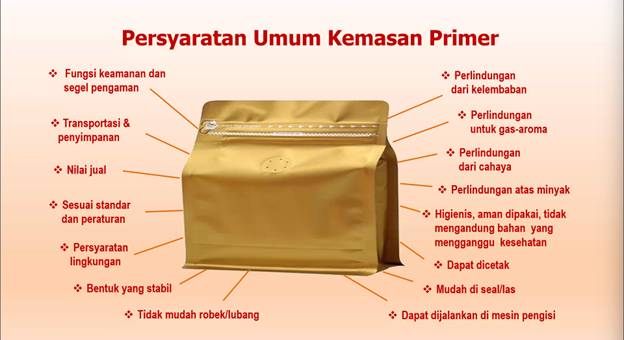
The features on the packaging are no longer just limited to ingredients and nutritional value. Many industries offer superior innovations in the form of QR codes that can contain certain application features.
The challenge faced by Indonesia in the food industry is that people’s purchasing power is still limited so that sometimes packaging is still not a crucial thing for Indonesian consumers. Not to mention the sharp market fluctuations as a result of the Covid-19 pandemic, which will cause Indonesia to experience logistical difficulties throughout 2021, thereby increasing packaging raw materials price.
“In fact, when we look at the opportunities that exist, the packaging industry in Indonesia has a strategic market and shows a significant trend. The packaging trend in Indonesia can be seen from the widespread use of e-commerce which requires special packaging. In addition, the consumption of frozen food for long-lasting food is also an alternative for most people,” she explained.
Reporter: Lukman Ali (Mechanical Engineering, FTMD 2020)



